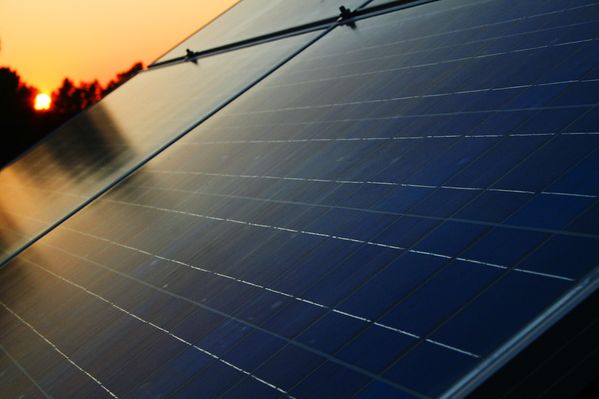- LightHaus
- >
- Alternate Energy Blog
- >
- The Solar Opportunity
- Subscribe to RSS Feed
- Mark as New
- Mark as Read
- Bookmark
- Subscribe
- Printer Friendly Page
- Report Inappropriate Content
The coming of solar grid parity offers an opportunity for millions of Americans to go solar affordably. But it also means a potential transformation, a democratization of an electricity system long dominated by centrally-controlled utilities and centralized ownership and production of electricity. When solar can undercut grid electricity prices, it may also undercut this 20th century system of centralized ownership, bringing economic sunshine and self-reliance to communities along with solar electricity.
Millions of People, Thousand of Megawatts
When solar grid parity arrives, it won’t mean that everyone can go solar. The most likely participants in the residential sector will be folks who own their own home. Even then, there will be some homes whose roof is unsuitable for solar power for one reason or another (e.g. shading). The following analysis takes the year of solar grid parity for the nation’s largest cities and translates it into megawatts of solar power potential.
We used the following assumptions to calculate the residential solar rooftop potential for each metropolitan area:
- Only non-vacant, owner-occupied properties were considered. Nationally, about two-thirds of homes are owner-occupied and not vacant, with major metropolitan areas varying from 50 to 70 percent.
- We estimated approximately 1,000 square feet of total roof space per home.
- We assumed that only 27 percent of this space (in the aggregate) would be suitable for solar, based on national studies of rooftop solar potential.
- We assumed that 1 kW of solar could be installed for every 100 s.f. of suitable roof space.
- Smart Refrigerators - An In Depth Review
- Updated content from our most popular article
- Renewable energy and resilient micro-grids
- Why Millennials Can’t Bank On Clean Energy Jobs
- St. Louis Establishes 100% Renewable Energy Goal
- Alternate Energy - At Home and Abroad
- Update: Nest Automated Home Thermostats
- Green Living Inspirations
- Nevada Poised to Go Big on Clean Energy
- Haven Thermostat Degree Selection - FIX
-
 SG33
on:
Smart Refrigerators - An In Depth Review
SG33
on:
Smart Refrigerators - An In Depth Review
-
 StevenLithium
on:
Updated content from our most popular article
StevenLithium
on:
Updated content from our most popular article
-
 JustinF
on:
Renewable energy and resilient micro-grids
JustinF
on:
Renewable energy and resilient micro-grids
- haileyb on: Why Millennials Can’t Bank On Clean Energy Jobs
- UdayG on: Alternate Energy - At Home and Abroad
- PatrickD on: Update: Nest Automated Home Thermostats
-
 AndreaC
on:
Nevada Poised to Go Big on Clean Energy
AndreaC
on:
Nevada Poised to Go Big on Clean Energy
-
 JustinF
on:
Blog Subject
JustinF
on:
Blog Subject
- UdayG on: The Future Looks Bright For Alternative Energy
- MyNew name on: Getting your Haven Connected to WiFi
-
advantages
(2) -
automation
(1) -
Eco-friendly
(4) -
Glaciers
(1) -
green
(3) -
Haven
(1) -
home automation
(2) -
internet of things
(1) -
Nest
(2) -
refridgerator
(1) -
solar
(1) -
solar energy
(2) -
solar panels
(1) -
sustainable
(1) -
thermostat
(1) -
tricks
(2) -
water savings
(1)
- « Previous
- Next »


